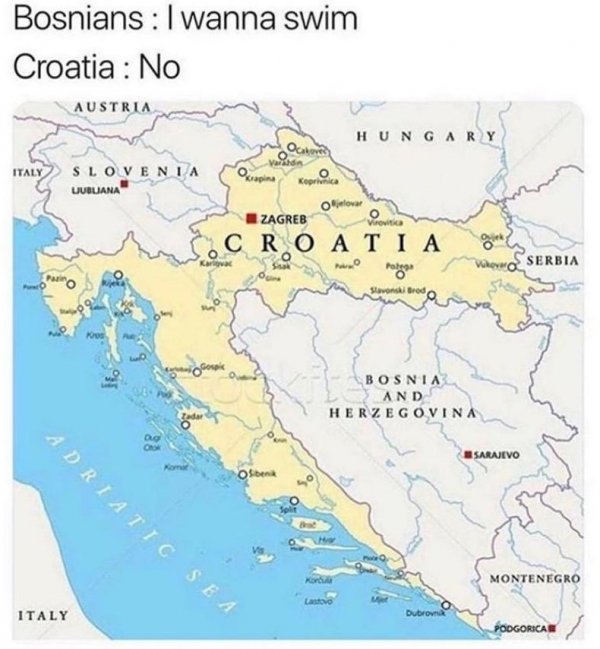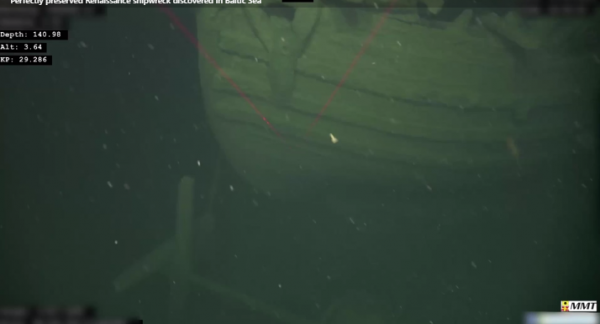Leaderboard
Popular Content
Showing content with the highest reputation on 23/07/19 in all areas
-
4 points
-
2 points
-
1 point
-
1 point
-
1 point
-
1 point
-
There's this magical black liquid that comes from the ground and the Middle East has a lot of it. After World War Two, imperialism became "unfashionable" so instead of out-in-the-open imperialism we've got economic imperialism going on. Which is basically just imperialism, but more dishonest and with more extra steps. Colonies aren't a thing anymore, so "regional allies" that do regular business with the West are basically the same thing, but it also means Western powers can be had by the balls by people like the Saudis. There's money to be made in selling weapons to the Saudis and they have the largest crude oil reserves in the world. So they're an important regional ally... even though ISIS and Al Qaeda exist because of their funding of Salafist ideologies (like Wahhabism). Because they're an important regional ally, their national interests become western foreign policy interests. Saudi Arabia and Iran have long standing issues, some of which go back centuries because of the Shia v Sunnis shite, some of which are much more modern points of tension. Specifically, the fact that Iran went from being a UK/US puppet government that was incredibly friendly with the West (even though it was a dictatorship at times) to being very hostile with the West... while Iran has the second largest crude oil reserves in the world, means that the Iranian revolution and rise of the Islamic Republic of Iran was very profitable for the Saudis. Their biggest competitor was essentially no longer competing for Western markets.\ So Saudi Arabia has routinely pushed for the West to go to war with Iran. And for Iran to be balkanized by the various ethnic groups in Iran, meaning those second largest crude oil reserves would no longer be part of one nation. But instead it'd be broken up (and Arabs would have a state in the aftermath of Iran being broken up, which would probably allow for more Saudi puppets in the region and another piece of the oil pie for the Saudis to have more control over the oil. So that's the long term benefit for Saudi interests, which ties into Western foreign policy interests. As several new countries emerging from the smoldering rubbles of Iran also means new opportunities for new puppet governments (although Iraq and Afghanistan indicate that might not go over so great), which Western governments probably view as more appealing than having one powerful nation in the region that is wholly unfriendly to them. And in the short term, Saudis would be happy with a war in the Middle East... especially Iran. Plenty of reasons for that: 1.) petrol prices will go up as a result of war - thus a big short term profit for them; 2.) war in Iran essentially guarantees they are victorious in their proxy war with Iran in Yemen - Iran will be busy defending itself from foreign invaders to fight a proxy war with it's old enemy - further solidifying Saudi dominance of the region; 3.) it'll kill a lot of Persians and Shia Muslims - ethnic divides in the Middle East are fucking massive and there's a lot of genuine hate against people for not being the same ethnicity. Let alone for not practicing the same form of Islam. And there's too much money and power to ever expect economic imperialism to ever go away. If the West backs off, China will be happy to impose it's idea of global hegemony. If China decides it doesn't want to (which let's be real, they wouldn't make that decision - they'd seize the opportunity with both hands) then Russia or someone else would. For as long as that magical black liquid that comes from the ground is as important to us as it currently is, we'll always be palling around the US and sniffing around the Middle East trying to influence it in one way or another.1 point
-
1 point
-
I just stumbled on this and it seems like the two of them got together, had a few drinks and decided to do this. Total fun on display.1 point
-
Great NPR Tiny Desk set and that bassist grooving with the drummer adds a nice element to the funkiness. Thanks @Inverted for the intro to this band in the other thread.1 point
-
Age of Discovery ship found perfectly preserved in Baltic Sea David Keys VIDEO The best-preserved shipwreck ever found from the age of Christopher Columbus and Vasco da Gama has been discovered – at the bottom of the Baltic Sea between Sweden and Estonia. The newly discovered Baltic Mary Celeste is also at the heart of a 500-year-old maritime mystery. Virtually pristine condition, the vessel has been located by archaeologists at a depth of around more than 120 metres some 100 miles South East of Stockholm. Some 99 per cent of the ship is intact – with the masts still standing tall and its two swivel guns in their firing positions. A small tender boat is still sitting on the deck, as is the wooden capstan. Even the bilge pump and elements of the rigging can be seen. The bowsprit and decorated transom stern are also clearly visible. However, the 16-metre long vessel’s aft-castle had somehow been destroyed. This, together with the guns being in their "ready to fire" positions, strongly suggests that the ship was sunk in a previously unknown naval battle. Probably a small Swedish or Danish merchantman, the vessel was almost certainly built at some stage between 1490 and 1540 – most likely in the very early 16th century. It is therefore conceivable that it was sunk during Sweden’s war of independence – the three-year-long conflict between that country and its Danish rulers which raged between 1521 and 1523. Alternatively, the vessel may have been sunk during the Russo-Swedish War of 1554 –1557. Although the ship is by far the best-preserved vessel ever found from Europe’s Age of Discovery, it is of a Northern European rather than southern European design. However, the size of the ship, the shape of the perfectly preserved bow, the design of the anchors and of the masts and rigging are thought to be very similar to those of Columbus’ two smaller vessels, the Pinta and La Niña which he used along with the larger Santa Maria, to cross the Atlantic and discover America in 1492. The discovery will, therefore, help maritime archaeologists and historians to understand more fully some of the ship technologies available to Columbus for his great 1492 voyage of discovery. What happened to the crew of the Baltic ship is a complete mystery? Were all or most of them killed in the attack which destroyed the ship’s aft-castle? Were they captured by the attacking vessel – or did they survive the attack but were somehow unable to launch their tender and consequently went down with their ship? The investigation of the newly discovered ship is being carried out by an international team of scientists, including archaeologists from the University of Southampton. The whole project is being led by Dr Rodrigo Pacheco-Ruiz, a maritime archaeologist working for the Swedish offshore survey company, MMT in collaboration with the Centre for Maritime Archaeology at the University of Southampton and the Maritime Archaeology Research Institute of Södertörn University, Sweden. Dr Pacheco-Ruiz, who is also a Visiting Fellow in Maritime Archaeology at Southampton, said: “This ship dates from Europe’s Age of Discovery, yet it demonstrates a remarkable level of preservation after five hundred years at the bottom of the sea. “It’s almost like it sank yesterday. It’s a truly astonishing sight,” he added. The vessel lies on the seabed with her hull structure preserved from the keel to the top deck and all of her masts and some elements of the standing rigging still in place. The extraordinary level of preservation is a result of the very low levels of oxygen near the seabed in that part of the Baltic. That massively reduces the number of micro and other organisms that would otherwise have quite literally eaten the vessel’s timbers. The video is, therefore, the first occasion on which anybody has been able to actually see a real almost totally preserved Age of Discovery vessel since the 16th century. https://www.msn.com/en-gb/news/world/age-of-discovery-ship-found-perfectly-preserved-in-baltic-sea/ar-AAEHu2N?MSCC=1563878010&ocid=chromentp0 points












